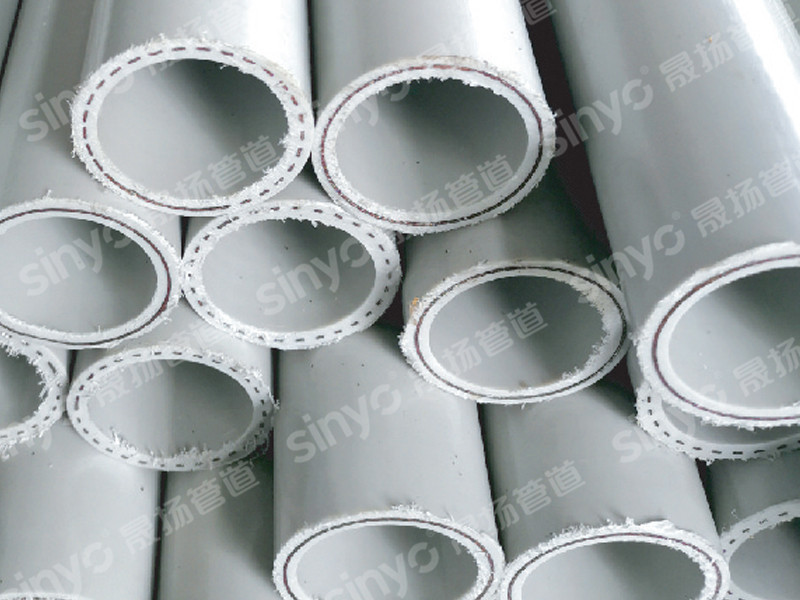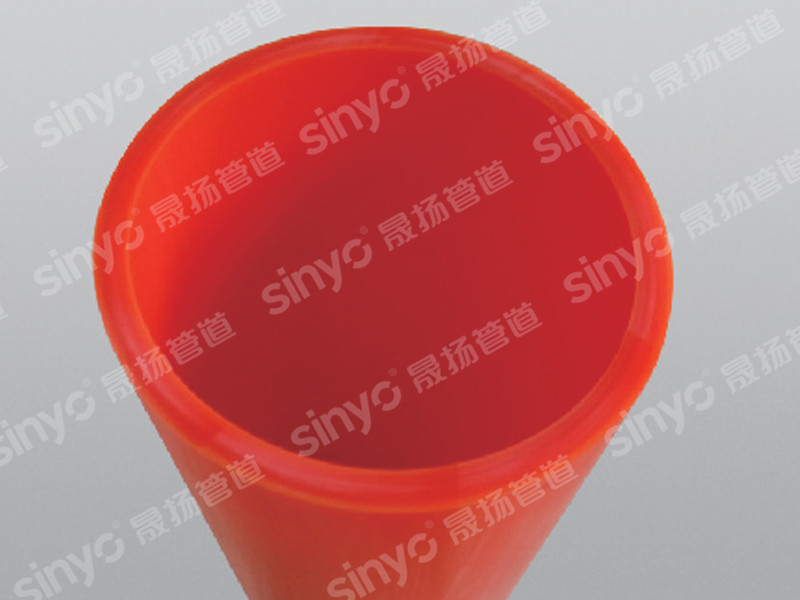Storage requirements for psp steel-plastic composite pipes
Before formal construction begins, and after construction for any remaining pipes, proper storage should be ensured. Particular attention should be paid to the placement and environment, otherwise damage to the pipes may occur, affecting their use.
Sep 05,2023
Storage requirements for PSP steel-plastic composite pipes
Before the formal construction of PSP steel-plastic composite pipes and after the construction for the remaining pipes, proper storage should be done, especially for their placement and environment, otherwise it may cause damage to the pipes and affect their use.
1. It is strictly forbidden to place chemical and high-temperature flammable items around the PSP steel-plastic composite pipe stacks. At the same time, fire safety work for the pipes should be done. The stacking height should not exceed 2 meters, and there should be passages between the stacks, generally 1 meter, and the vehicle loading and unloading passages are generally about 2 meters for easy vehicle loading and unloading.
2. Pipes of the same specification, the same pressure, and the same length should be stacked separately according to the order of warehousing, and the production date and batch number should be marked. They should be stacked in the warehouse; if conditions do not permit and they need to be stacked outdoors, the PSP steel-plastic composite pipes should be covered for sun protection, and the inclination angle should be adjusted for drainage.
3. On the premise that the PSP steel-plastic composite pipes are stacked stably and safely, they should be stacked according to the pipe specifications, pressure, and length to avoid confusion.
The bottom of the PSP steel-plastic composite pipe stack should be hard and flat to prevent pipe deformation or scratches. In the actual placement process, pay attention to the influence of the surrounding environment and perform reasonable placement operations according to the correct specifications to ensure the normal use of the pipe materials. Everyone should pay more attention to this.
Disclaimer: Some pictures and texts on this site are collected and compiled from the Internet. They are for learning and exchange only. The copyright belongs to the original author and does not represent the views of this site. This site will not bear any legal responsibility. If your rights are infringed, please contact us for deletion.
Related News
Kongwang steel strip polyethylene composite pipe
Kongwang perforated steel belt polyethylene composite pipe is a composite pipe material with a perforated steel pipe welded from cold-rolled steel strip as the reinforcing skeleton and composite thermoplastic plastic. Due to the introduction of the reinforcing skeleton, the pressure resistance of the pipe is significantly improved. Different types and grades of thermoplastic plastics can be used to produce composite pipe materials for different purposes. The perforated steel belt plastic pipes produced by the company are divided into several uses according to their uses: water supply, underground gas, hot water, chemical, and special uses.
Development prospects of large-diameter (large-caliber) pressure pipes
The application of plastic pipes, both domestically and internationally, started with smaller diameters and gradually developed towards larger diameters. (There is no defined definition for large diameter; in this article, large diameter refers to diameters of 800mm and above.) It is worth noting that in recent years, there has been a major international trend towards the development of large-diameter plastic pipes, driven by environmental protection. As is well known, the world is currently facing a battle against climate change, and all countries must bear the responsibility of reducing carbon emissions. In the pipeline industry, there is undoubtedly a need to pay more attention to environmental impact.



